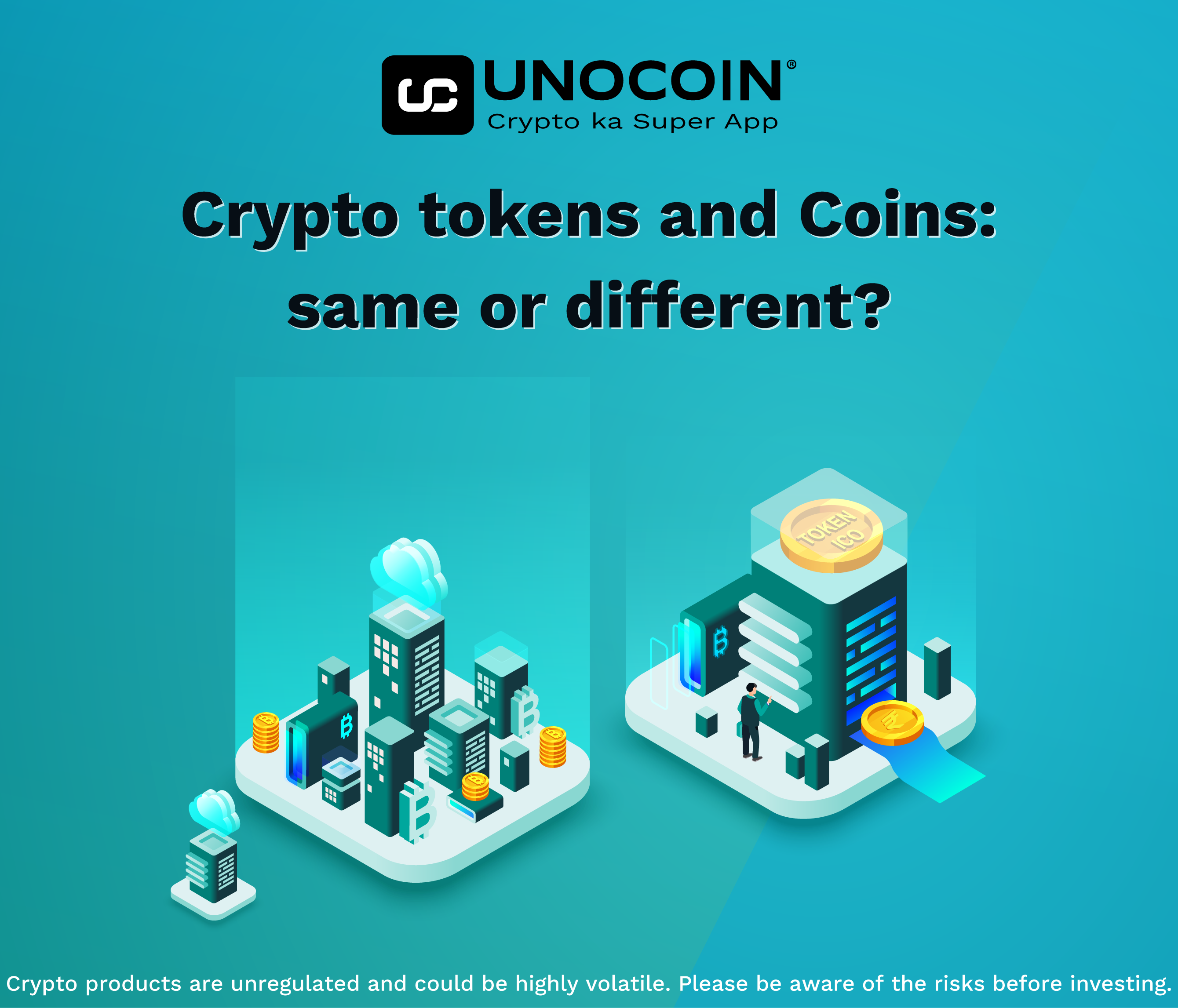What Are Crypto Tokens And How Are They Different From Coins
Imagine you’re at a music festival, and you want to buy a souvenir. The festival organizers have introduced a special token that can be used to purchase exclusive merchandise. This token isn’t a coin, but it has value within the festival ecosystem. In the world of cryptocurrency, something similar exists – crypto tokens.

- Protecting Your Crypto Fortune: A Deep Dive Into Multi-Signature Wallets
- The Ugly Truth About Identity Theft: Can Blockchain Tech Save The Day?
- The Role Of Blockchain In Fighting Climate Change
- Discover The Power Of Passive Income In DeFi: A Guide To Providing Liquidity
- Decentralization: The Blockchain Buzzword That’s Changing The Game
While many people use the terms "coins" and "tokens" interchangeably, they have distinct meanings. To understand the difference, let’s start with the basics. A cryptocurrency is a digital or virtual currency that uses cryptography for security and is decentralized, meaning it’s not controlled by any government or institution.
Now, within the world of cryptocurrency, there are two primary types of digital assets: coins and tokens. Coins are standalone cryptocurrencies that have their own blockchain. Think of blockchain like a digital ledger that records all transactions made with a particular coin. Examples of coins include Bitcoin, Ethereum, and Litecoin. Each of these coins has its own unique blockchain and operates independently.
On the other hand, tokens are digital assets that are built on top of an existing blockchain. They don’t have their own blockchain but instead, use the infrastructure of another coin’s blockchain. Tokens are often created through a process called an Initial Coin Offering (ICO), where a new project raises funds by selling its tokens to investors. These tokens can represent a wide range of things, such as a stake in a company, access to a particular service, or even a physical asset like real estate or art.
One key difference between coins and tokens is their purpose. Coins are designed to be a medium of exchange, like traditional currencies. They can be used to buy goods and services from anyone who accepts them. Tokens, however, often have a specific use case within a particular ecosystem. For example, a token might represent access to a decentralized application (dApp) or a particular service within a blockchain-based platform.
Another important difference is the level of decentralization. Coins are typically decentralized, meaning that no single entity controls the blockchain. Tokens, however, can be more centralized, as they often rely on the infrastructure of the underlying blockchain. This means that the development team behind the token has more control over its creation and distribution.
To illustrate the difference, consider the following example. Suppose a new company wants to create a blockchain-based platform for buying and selling digital art. The company might create its own coin, which would have its own blockchain and be used as a medium of exchange within the platform. However, the company might also create a token that represents access to exclusive art pieces or priority access to new art releases. In this case, the token is built on top of the company’s blockchain and has a specific use case within the platform.
In conclusion, while both coins and tokens are important components of the cryptocurrency ecosystem, they have distinct differences in terms of their purpose, structure, and level of decentralization. Coins are standalone cryptocurrencies with their own blockchain, designed to be a medium of exchange. Tokens, on the other hand, are digital assets built on top of an existing blockchain, often with a specific use case within a particular ecosystem.
